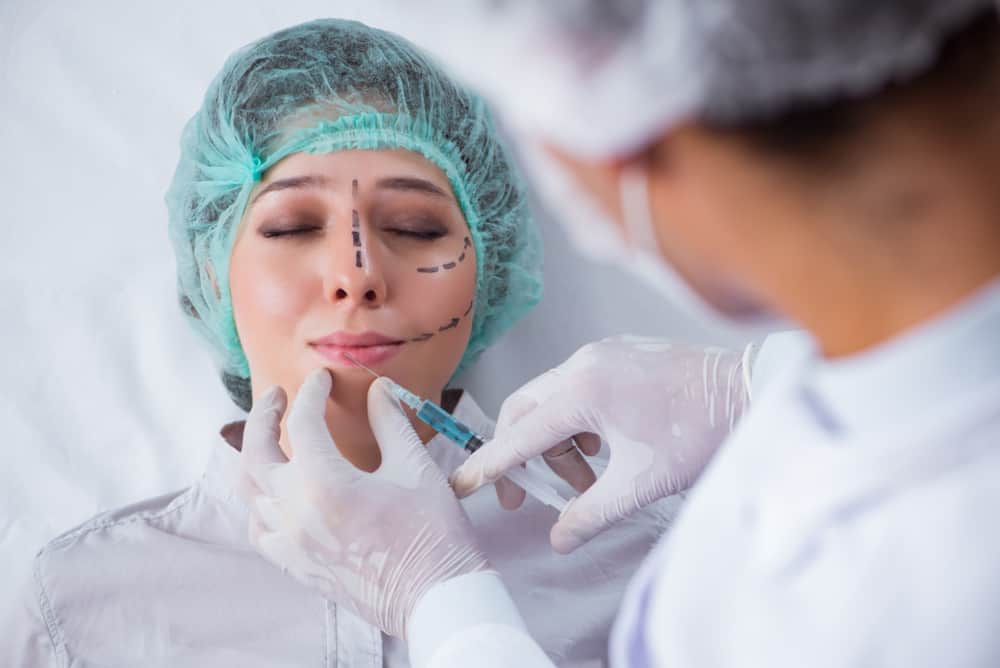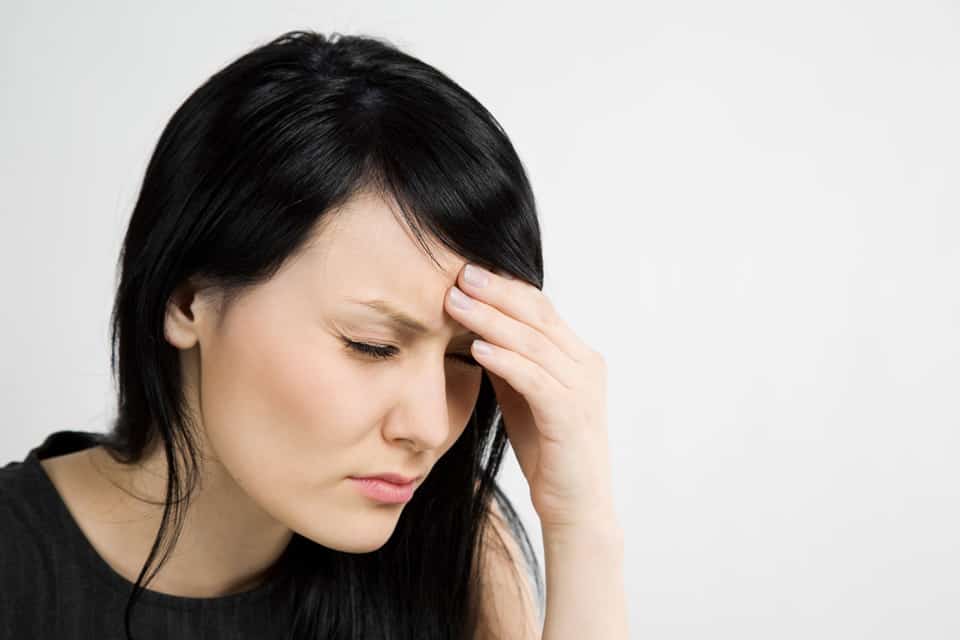Contents:
- Medical Video: Bulimia and Binge Eating in Teens: What We Know and What To Do
- Causes of eating disorders in adolescents
- The types of eating disorders in adolescents that appear most often
- 1. Anorexia nervosa
- 2. Bulimia nervosa
- 3. Binge eating disorder
- 4. Orthexia nervosa
- How do you deal with eating disorders in adolescents?
Medical Video: Bulimia and Binge Eating in Teens: What We Know and What To Do
Most mental illnesses generally occur from childhood to adolescence and the early 20s. Examples are schizophrenia and bipolar disorder. If you experience anxiety disorders as adults, there is a 90% chance that you have it since you are a teenager but you never realize it. But not just mental illness that is prone to appear when teenagers. Eating disorders in adolescents are also often found. What are the types of eating disorders in adolescents, and what causes them to appear?
Causes of eating disorders in adolescents
In adolescence, peer influence and social media are so strong in how ABG children form their personalities. The continued exposure to the stereotypes of the "thin-tall-slim" ideal body makes them very afraid to become fat so they are very concerned about and prioritize their body shape.
Therefore, many teenagers change their eating habits and eventually become obsessed. In the end, what might have been just a "healthy diet" turned out to be a serious eating disorder as a result of these effects. Keep in mind that eating disorders are real health conditions that have a detrimental effect on the health of adolescents who are in the golden age of growth.
The types of eating disorders in adolescents that appear most often
There are 4 eating disorders in adolescents who are most often found. What are the types and what are the characteristics of each eating disorder? Let's look at the following discussion one by one.
1. Anorexia nervosa
Anorexia nervosa is a type of eating disorder that is most often experienced by teenagers, especially teenage girls. At least 1 in 100 teenage girls in the world has anorexia. Teenagers who suffer from anorexia are very afraid to get fat and they become very thin. Usually their weight is even 15% below the ideal body weight.
In addition to avoiding food, they can also do other things with the aim of not increasing their weight such as stimulating vomiting by themselves, using laxatives, excessive exercise, and taking appetite suppressant drugs and / or diuretics.
Young women who suffer from anorexia can experience cessation of menstruation (amenorrhea). In addition, anorexia sufferers also become tired, faint, skin becomes dry, hair and nails become brittle, low blood pressure, not resistant to cold due to little fat in the body, irregular heart rhythm, and dehydration which can be fatal.
2. Bulimia nervosa
In contrast to anorexia nervosa which causes sufferers to deliberately reduce the amount of food even to avoid food, people who suffer from bulimia nervosa actually experience addiction to foods that cannot be resisted (craving) They are happy and often eat large portions too.
However, they also have a tendency to fear being fat. In order not to be fat after eating a lot, they usually regurgitate their food, can put their fingers in their own throat, use excessive laxatives, periodically fasting, and consume appetite suppressant drugs.
Bulimics can experience tooth discoloration due to excessive vomiting to electrolyte imbalances that can cause heart rhythm disturbances.
3. Binge eating disorder
Sufferers binge eating may be similar to bulimics who often eat a lot and cannot be controlled. However, sufferers binge eating not trying to fight their fear of fatigue like bulimics in general. In the end, sufferers binge eating disorder will have excess weight which increases the risk of heart disease, hypertension, diabetes, and increased cholesterol.
4. Orthexia nervosa
Orthexia nervosa is an eating disorder where the sufferer has an excessive obsession with healthy food. They avoid and feel guilty when they eat unhealthy food. In contrast to anorexia, orthorxia sufferers go on a diet not with the aim that they look thin, but they focus on health. It may look good, but orthoracic people are too obsessed with healthy food and thus have a negative impact on their own health where a healthy body is achieved with foods with balanced nutrition.
How do you deal with eating disorders in adolescents?
If you feel that your teen has an eating disorder, take it to the doctor to be treated immediately. Faster medical and psychological treatment is needed so that the disorder does not continue and recovery can take place more quickly.












